
by Helen Boardman | Apr 24, 2025 | Thoughts, Uncategorized
I’m recommending to all my clients that they listen to Bruce Daisley’s latest podcast on Mattering. Zach Mercurio – what a name! – has written a new book called The Power of Mattering. I’ve eagerly pre-ordered it. In it, he connects things that we already...
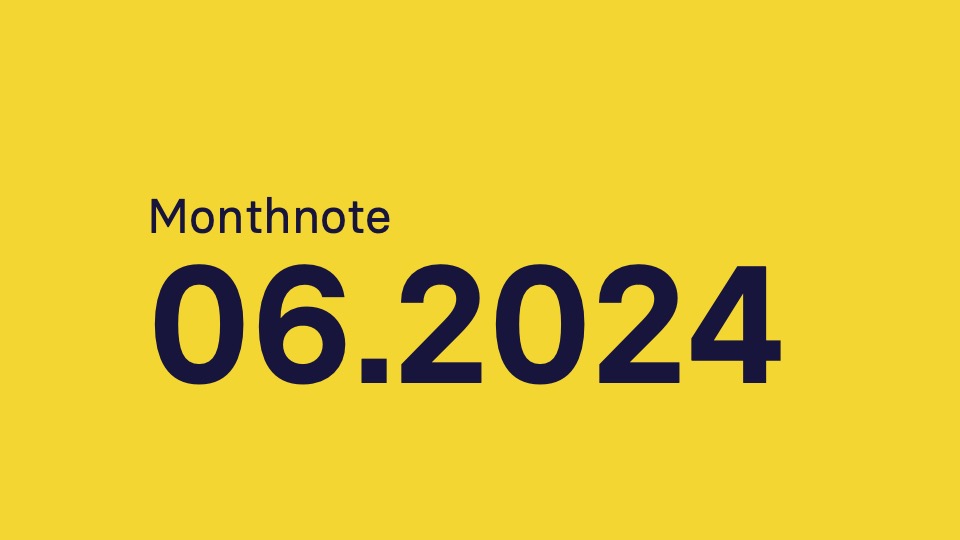
by Helen Boardman | Jun 29, 2024 | Thoughts, Uncategorized
Work How is it the end of June already? Super busy month where I’ve felt like every 15 minute slot has been claimed. Deep breath; it’s going to be this way until I go away in August. Consulting Started working with a new client, coaching their comms manager and...
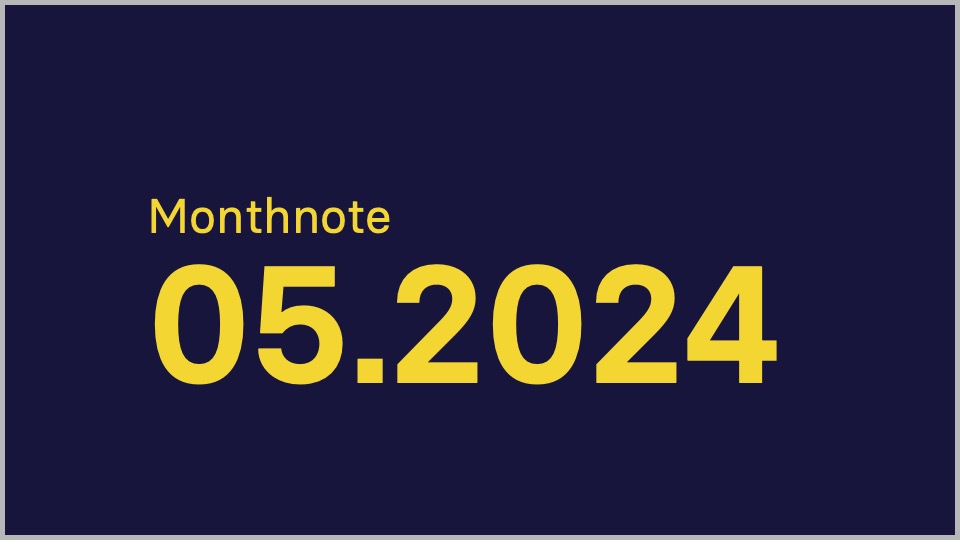
by Helen Boardman | Jun 18, 2024 | Thoughts, Uncategorized
Work Consulting: As I write, I’m 24 hours away from launching a new flexible way of working for one of my clients. It’s been a big push to get it here. I’ve designed Team Discussion guides and template Team Agreement / Ways of Working Canvases, and...
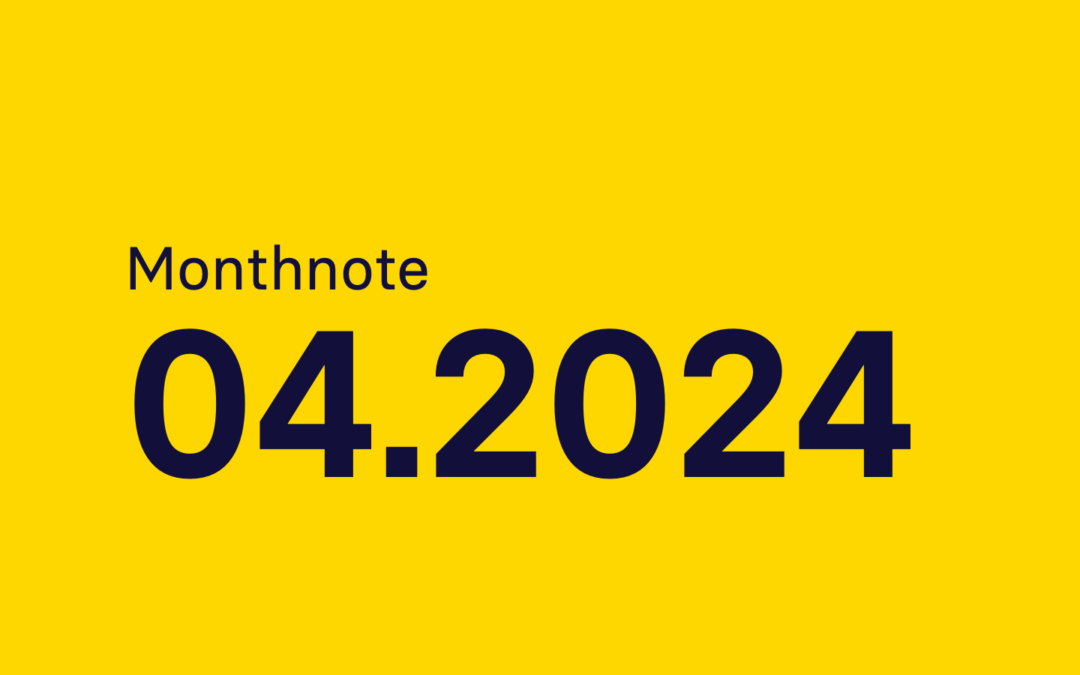
by Helen Boardman | Apr 30, 2024 | Thoughts, Uncategorized
I’d love to commit to a weeknote, but as I described to a client this week, ‘toddler steps’ are sometimes okay. Work Consulting: I’m enjoying developing a bespoke flexible working approach for a client, and being given the freedom to run with a participatory and...
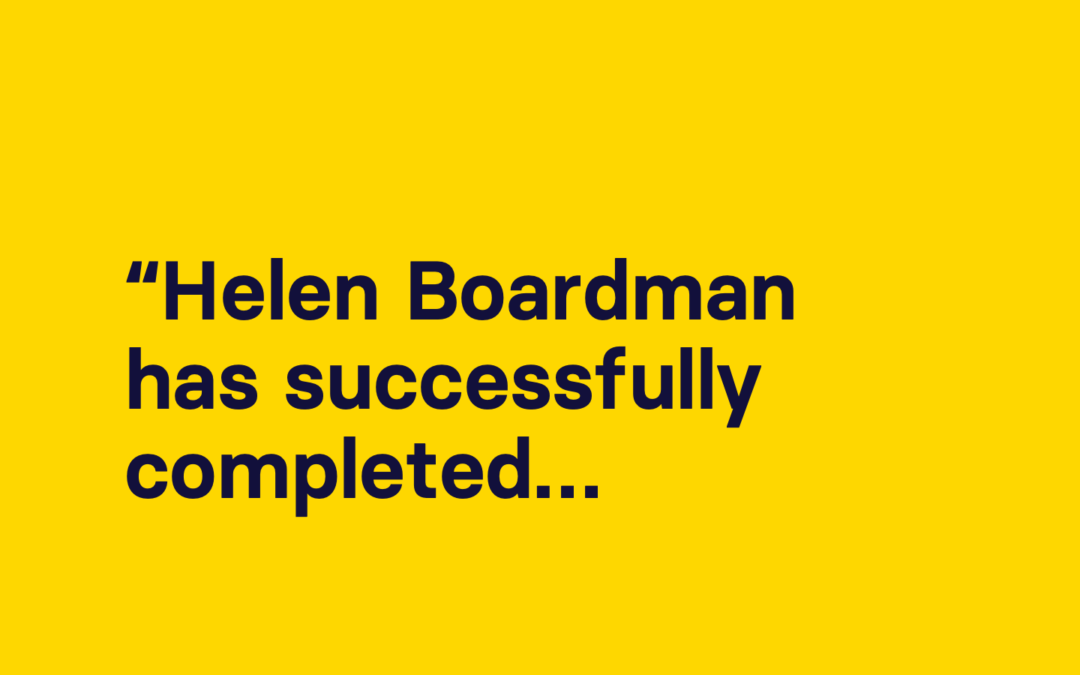
by Helen Boardman | Jun 23, 2023 | Thoughts, Uncategorized
It’s been a busy few months to say the least – both at work and personally. Here’s a big thing I haven’t shouted about enough, though. A couple of months ago I passed my final coaching performance evaluation. It’s been fantastic to see...
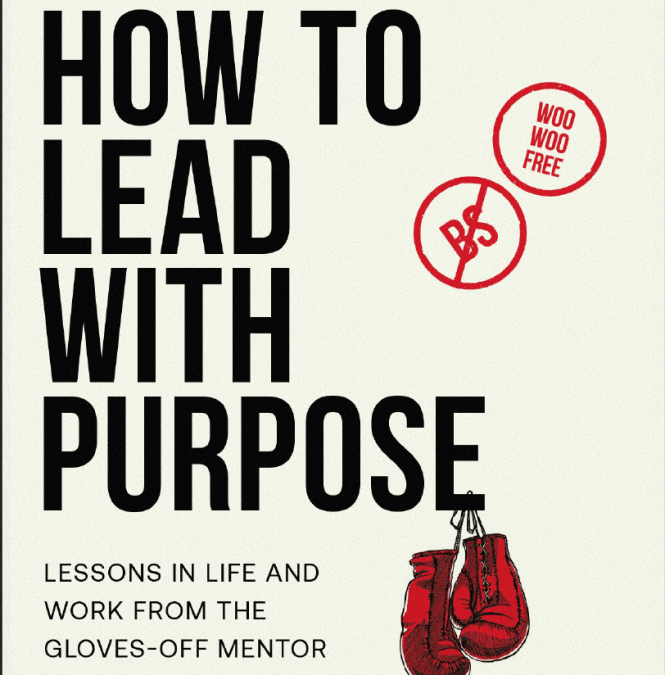
by Helen Boardman | Jan 19, 2023 | Thoughts, Uncategorized
A year or so after I had jumped from (un)comfortable employment into the cavern of self-employed uncertainty, I benefited from a few sessions of Liam Black’s gloves off mentoring. We talked about pricing, career arcs, what I wanted my retirement to look like (I’d...






